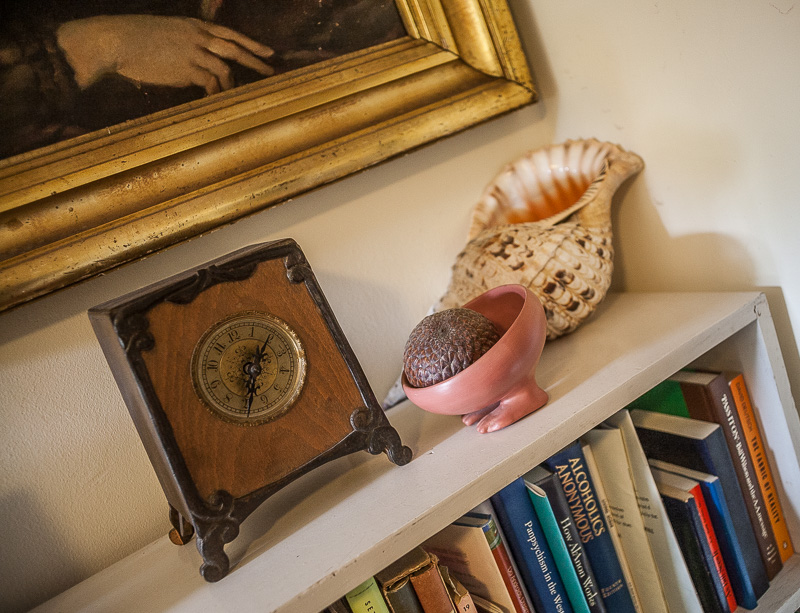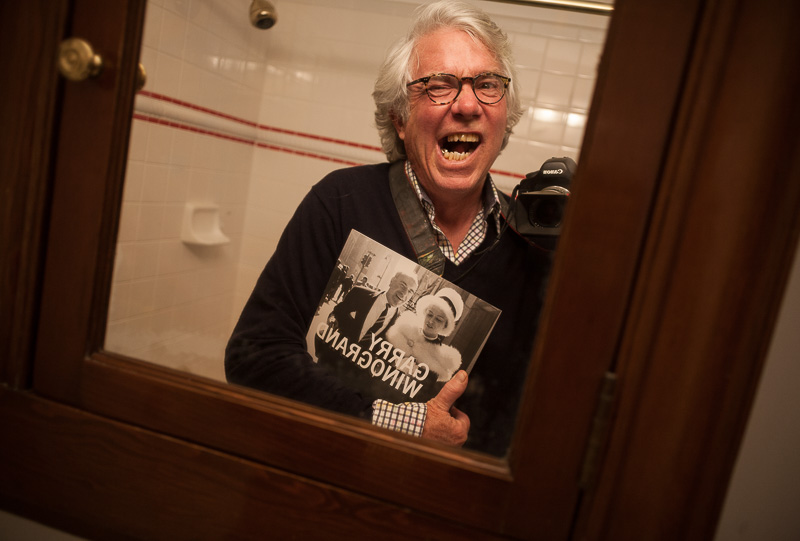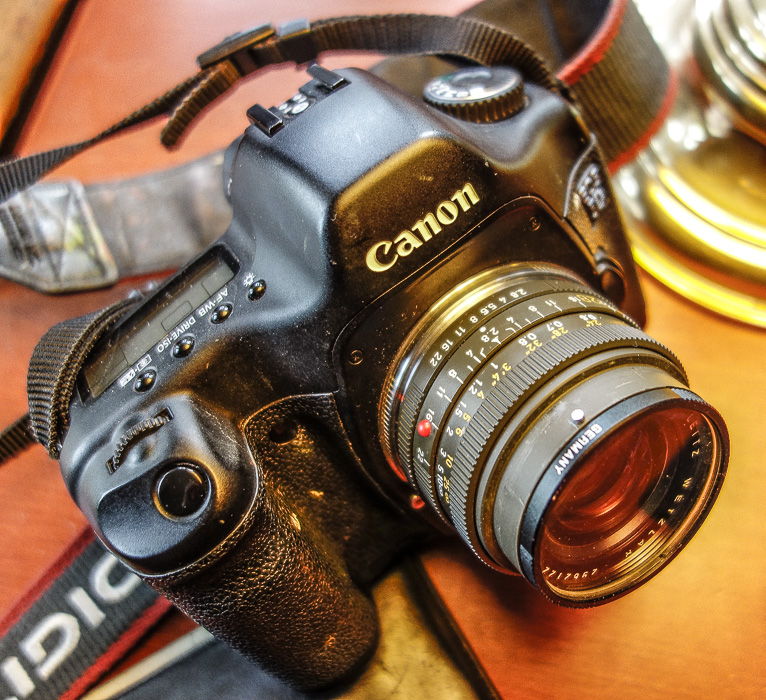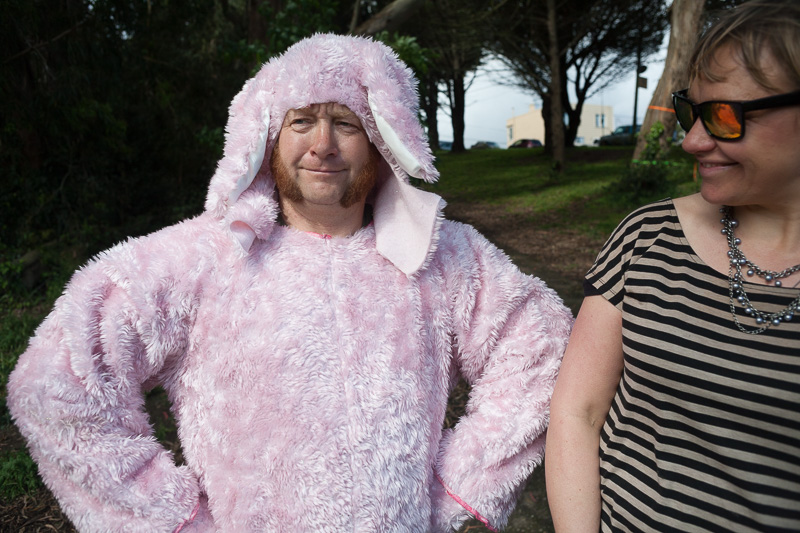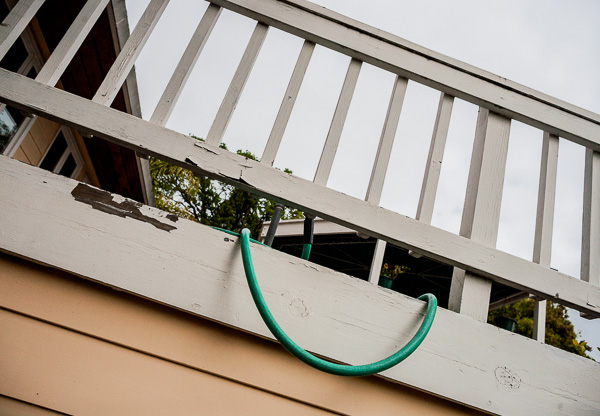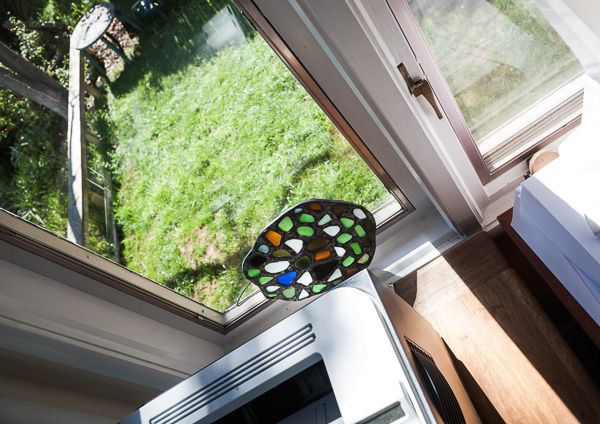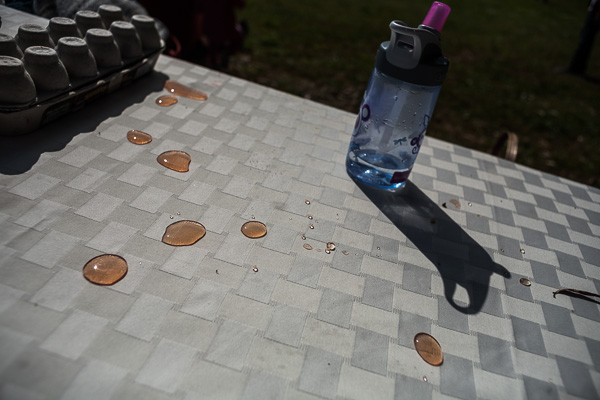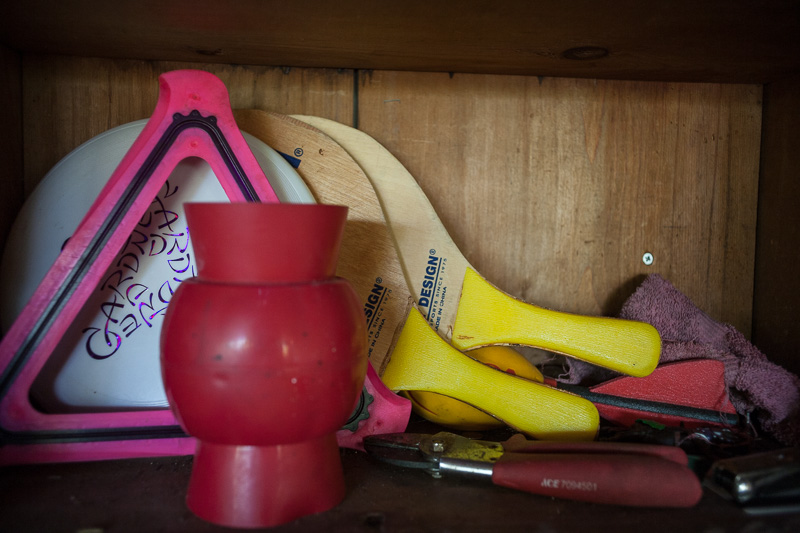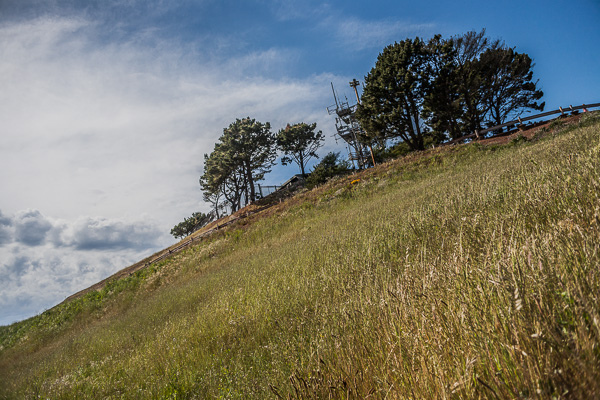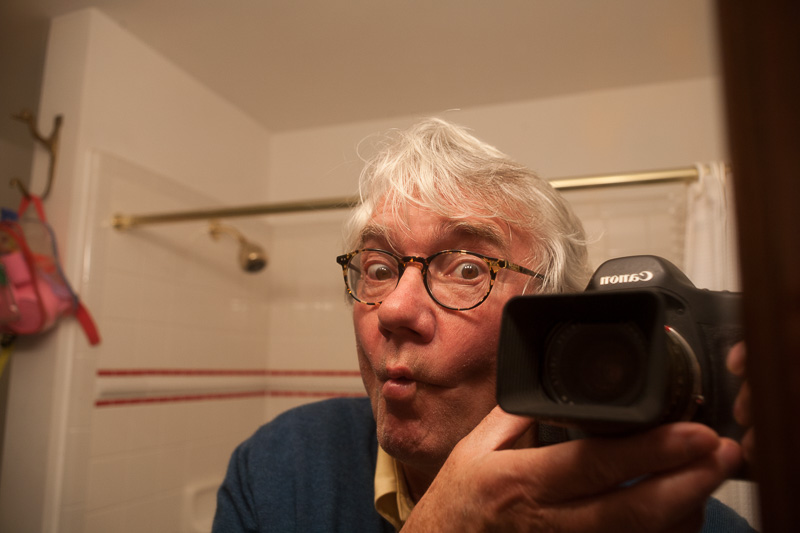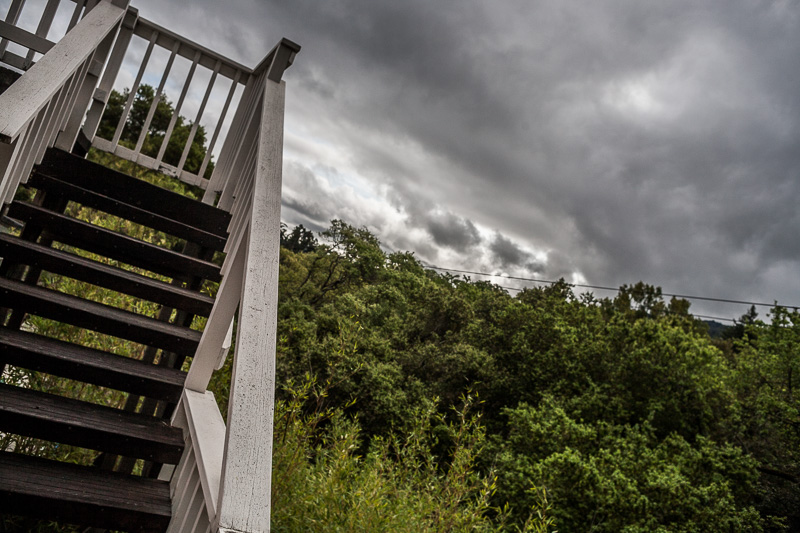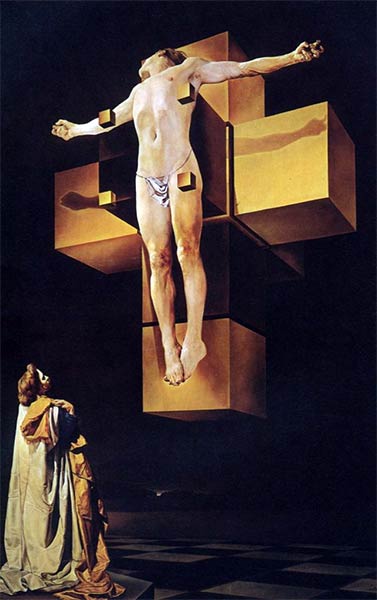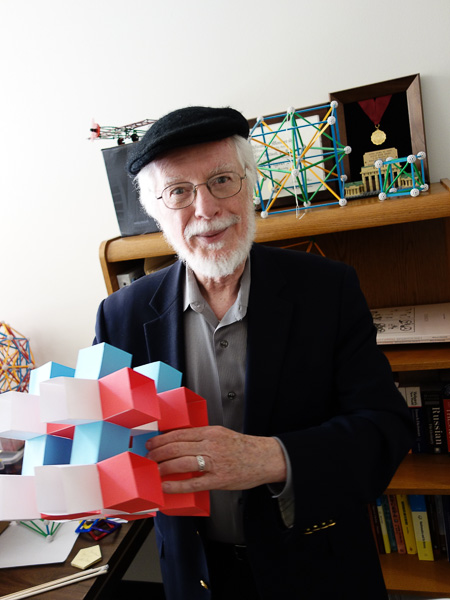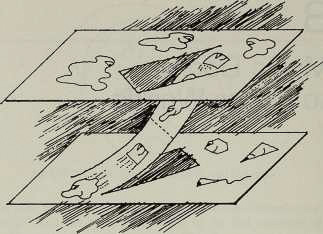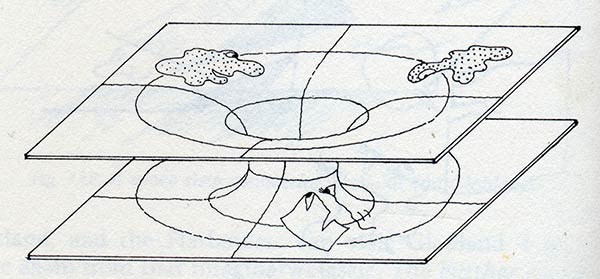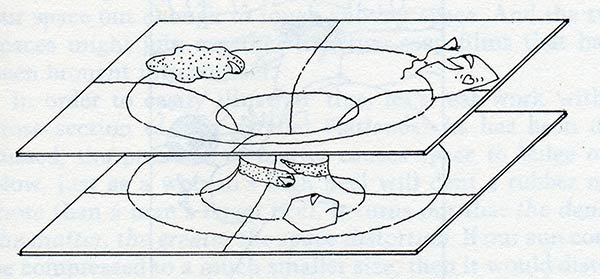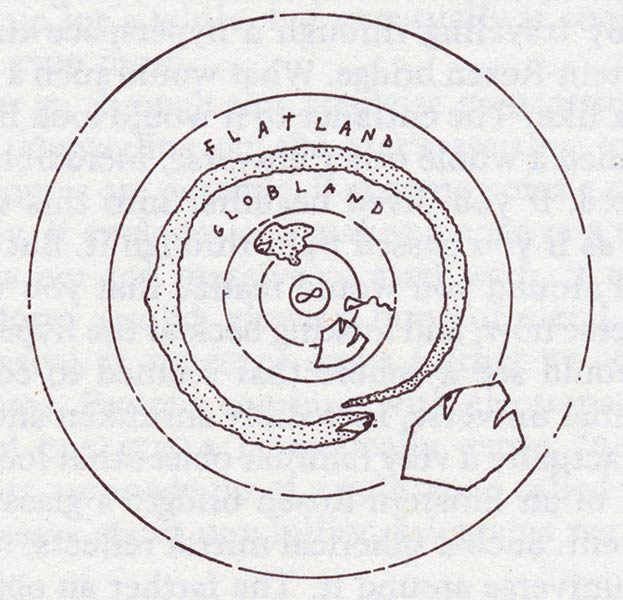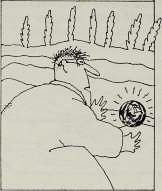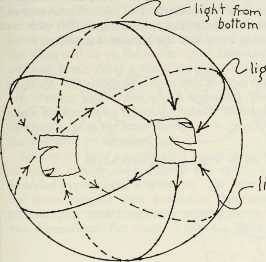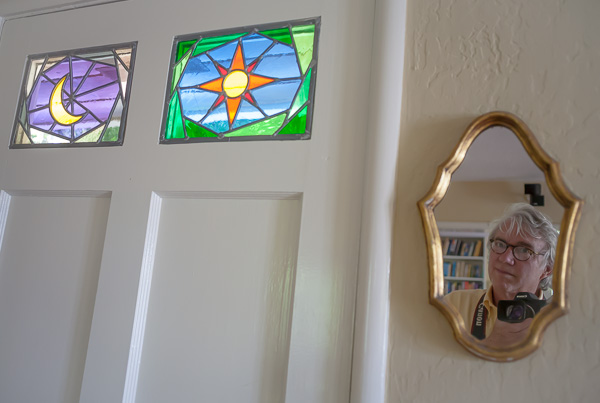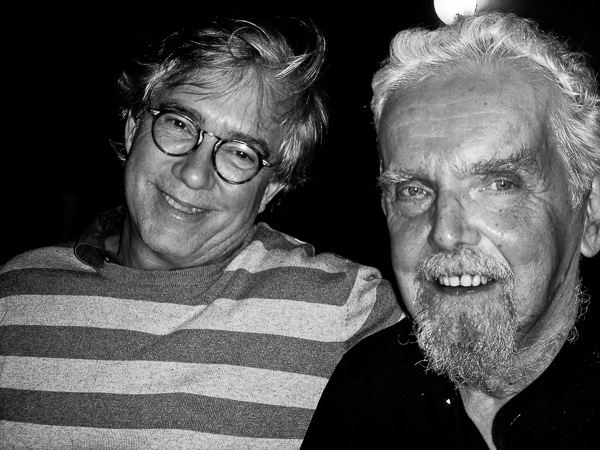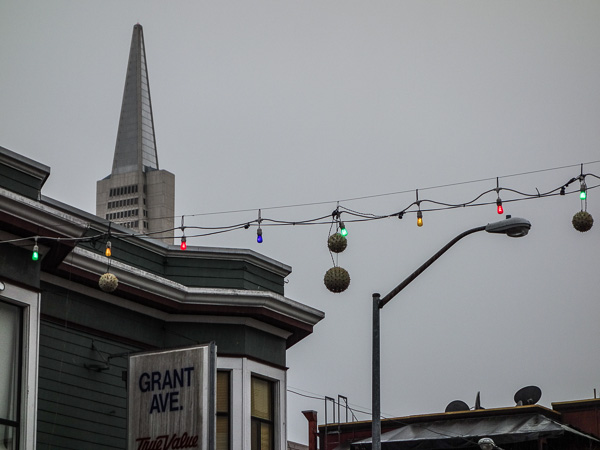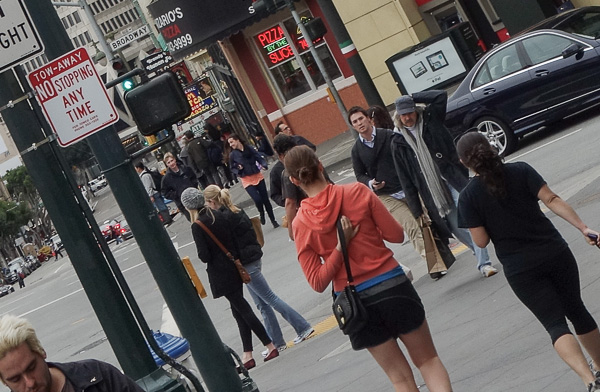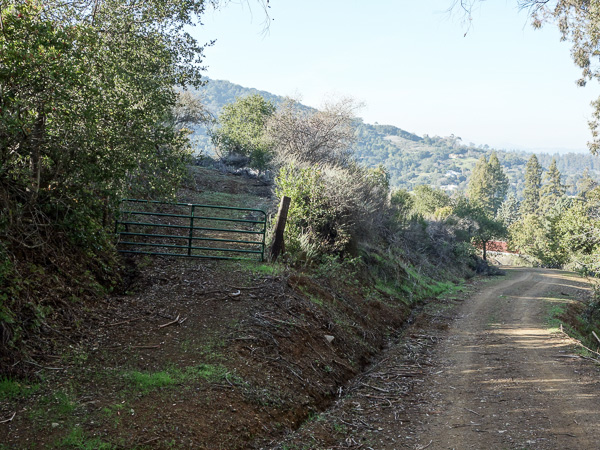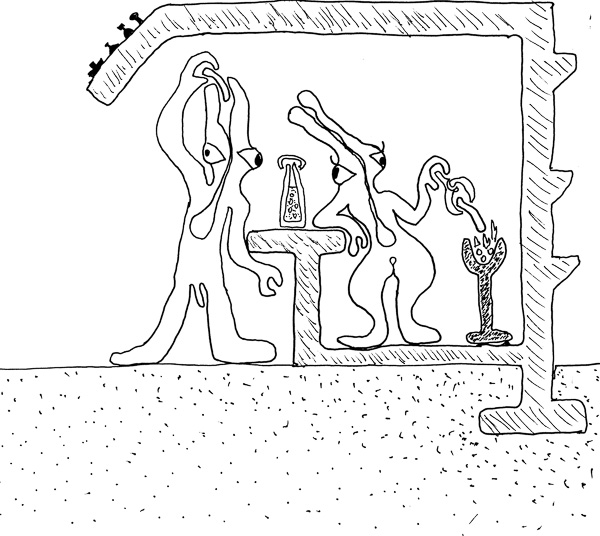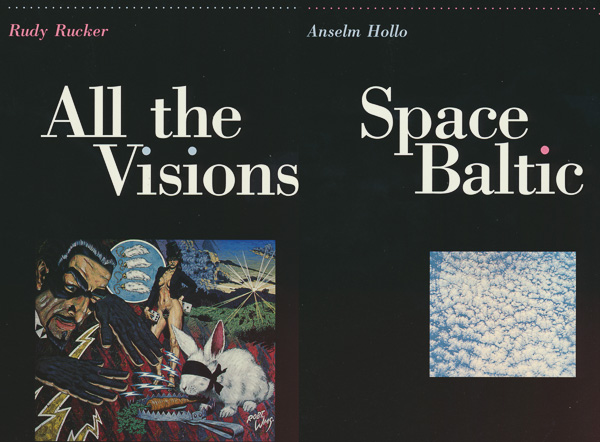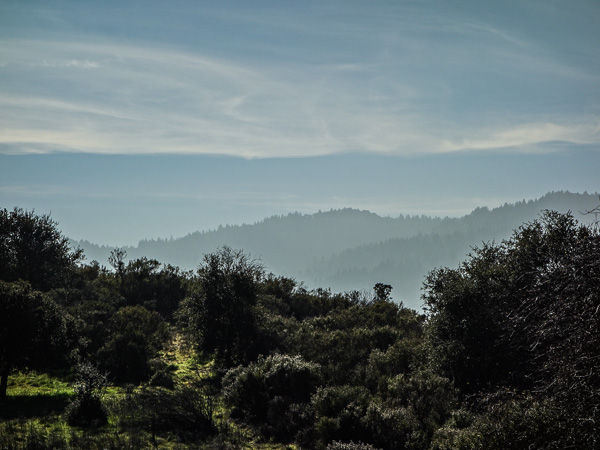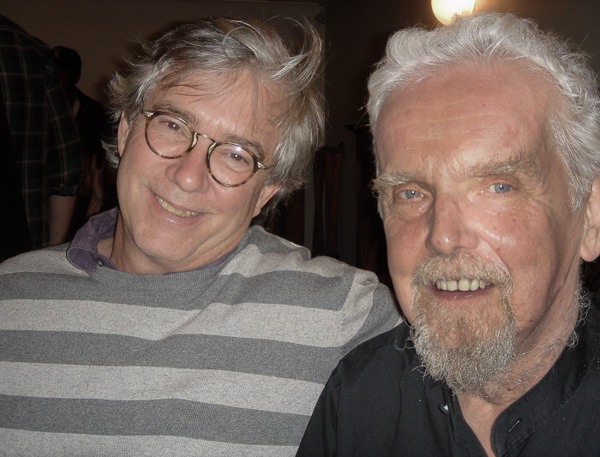I had a big SF revelation this week, a breakthrough for my story. Today’s post will include some illustratiave drawings, also some semi-relevant or irrelevant (but nice-looking) photos.
I’m still working on my novel, The Big Aha. I’m about 75% done. Ever since the early chapters, I’ve had these two mysterious glass balls hanging around: the oddball and the dollshead. I wasn’t quite sure what they were going to do for me, but I had a sense that thought ought to be Einstein-Rosen (or “ER”) bridges to a parallel world that I call Fairyland. See my recent post “Four-Dimesional Portals to Other Worlds” for the story on ER bridges.
In the morning I wrote a scene at the start of where something like an elephant is pulled into the dollshead and it disappears. The mental image made me laugh: the fat elephant with trunk outstretched, thick legs star-fished out, thin tail trailing. Passing into and through the little Xmas-tree ball. While the elephant is going through, the ball swells up like a wobbly giant soap bubble, then shrinks back.
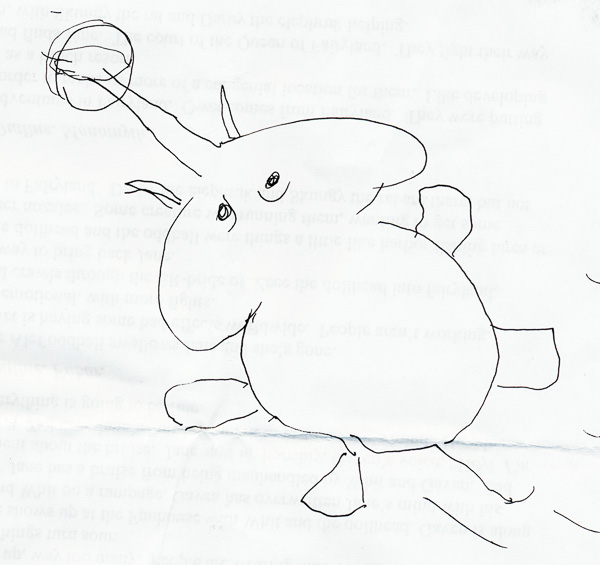
Then I went for a lovely and revivifying hike up over St. Joseph’s Hill above our house, the meadows green, the trees bosky, the sky adrift with plump sharp clouds. Lying there, fully at ease, I was wondering how some creature could contain an ER bridge and yet be an animal or monster with a body and a skin and so on. How would that work? I mean, an ER bridge is a wormhole connecting two spaces. How do you wrap a body around that?
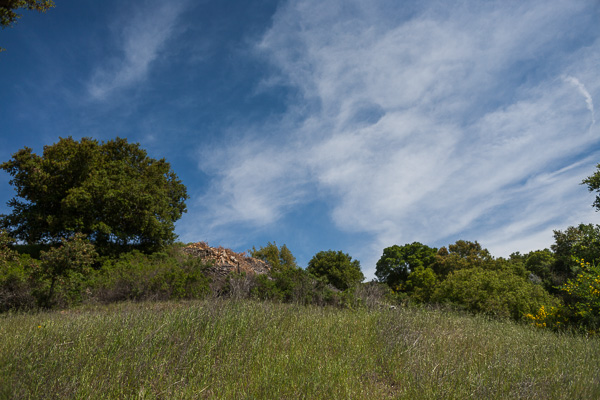
I’ve been coughing for six weeks, and I’ve been thinking I might have pneumonia. I took a little nap on some soft long green grass and when I awoke, I felt like I was finally well. And, as an additional gift, I now had an aha moment. I had a vision of a largish creature, maybe as big as a whale, or maybe even bigger. Call him a leviathan. He lives in the parallel world. And the creature has a number of ER bridges within his body. They’re like vacuoles in the body of a paramecium.
I scrawled the two preliminary images below on a manuscript page I’d brought along on my outing. And the next day I drew something more elaborate. I’ll show those later in this post, but first here’s the crude ones.
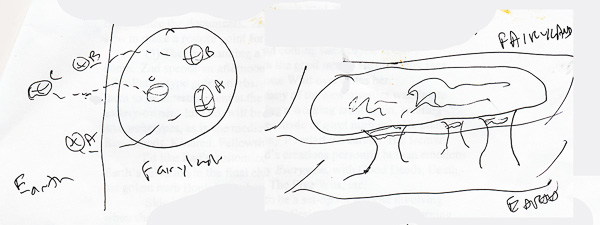
In order to discuss the situation further, I’ll use special names for two worlds. I’ve been calling them the Universe and Fairyland, but now I’d like to employ a more neutral usage that I coined in Postsingular and Hylozoic: Lobrane and Hibrane. We live in Lobrane, and Hibrane is the parallel world.
The two ends of an ER bridge between two 3D branes or worlds will appear to us like spheres. So, as I’m saying, the Hibrane ends of a group of ER bridges could very well be spherical vacuoles within the leviathan’s body, and these vacuoles connect to oddball-like spheres down here in our Lobrane.
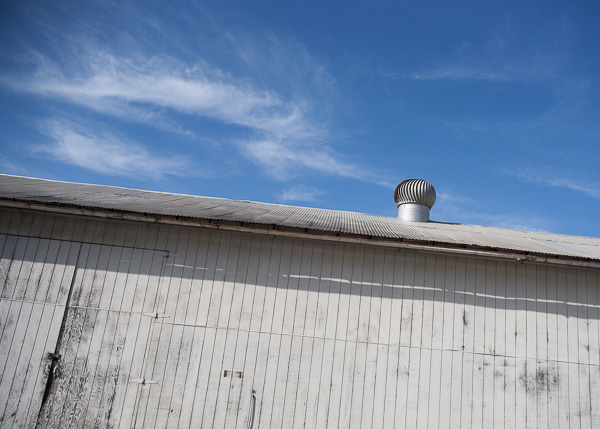
I arrived at this image by thinking of a Flatland model. In the Flatland version we have the two planes with one or more ER wormhole throats connecting them. We draw a big dark glob on the upper plane. The leviathan. And the ER throats are within his body. And—crucial point—his dark flesh extends about 30% or even 90% of the way down each of the throats, holding those throats bulged out. But the flesh doesn’t go all the way down as the leviathan wants to be living primarily in the upper plane.
What happens if a Lobrane person sails in through one of the ER mouths? The leviathan is flexible, possibly even jellyfish-like, so the mouth can freely enlarge. Even an elephant can fit through. Fine. But what happens when you encounter the dark flesh of the leviathan drooping down from the Hibrane?
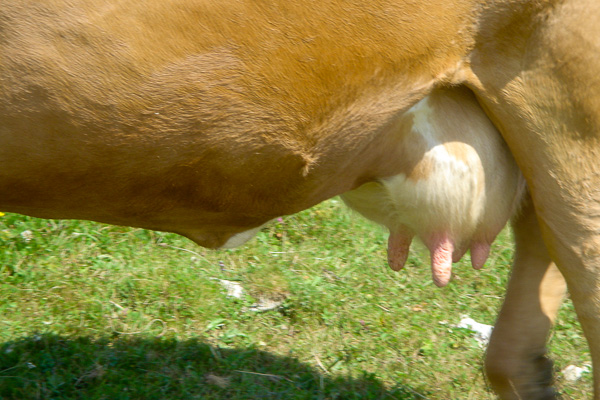
The traditional panic-mongering SF option is that the leviathan dissolves and absorbs you on contact, subsuming you as food. Or he somehow chews you up and swallows you. And this may sometimes happen. Certainly I’d like to see one of my viallains meet his end this way. Possibly the kindly elephant Darby gets eaten in this fashion as well. Maybe a few of Darby’s bones slide back out or are spit out. Grisly effect in the barn there. Maybe just one big, dramatic bone. The ER sphere burps, and out comes a bloody tibia, three feet long and a foot across.
But we’ll suppose that when my hero and heroine go into one of the leviathan’s ER maws, the creature doesn’t invoke its digestive processes. Perhaps our hero and heroine wallow through the jellied leviathan flesh and emerge from its skin in the Hibrane.
The next day I was thinking about the leviathan as soon as I woke up in the morning, and I thought about it all day, off and on, although in the meantime I had to prepare all my tax papers and bring them to the accountant, also go to the dentist. It was good to have the geometry and topology of the leviathan to think about while I was getting my teeth cleaned. It was as if, for once, I wasn’t really there. Dear Mamma Mathematica!
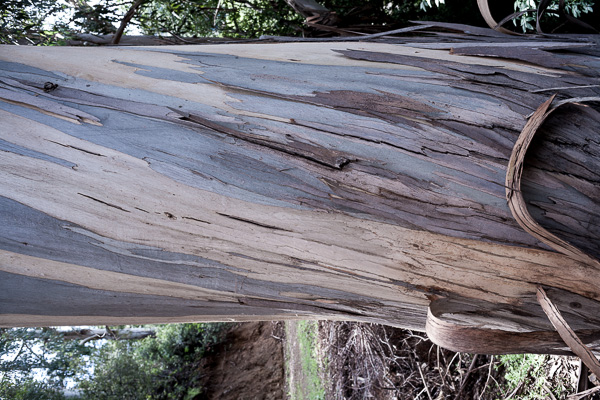
Anyway, the concept I slowly arrived at is that the leviathan flesh that protrudes down into the ER tunnel can have a mouth in it. On the one hand, the mouth can either lead to a toothed-vagina style channel in which you’re ground up, and then moved by peristalsis into one of the leviathan’s stomachs. On the other hand, the mouth may lead through a channel out to the leviathan’s surface, delivering you via a kind of birth canal into the Hibrane world.
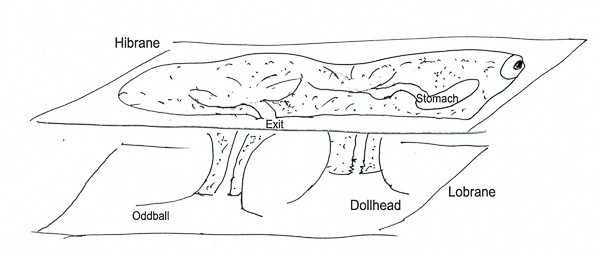
I decided that the likeable oddball should be an ER bridge of the “good” latter kind, a channel to the higher world. And the dollhead ER bridge will be a “bad” one, a route to being devoured.
So below I’ve drawn, on the left, the Flatland images of the two ER balls, and on the right the diagrams of the two kinds of ER bridges involved. The tiny lazy-eight infinity signs inside the two images on the left indicate that really that central region contains the whole endless world of the Hibrane. The images on the left are oddly warped perspective images, but they indicate how a Lobraner would actually see the ER bridges.
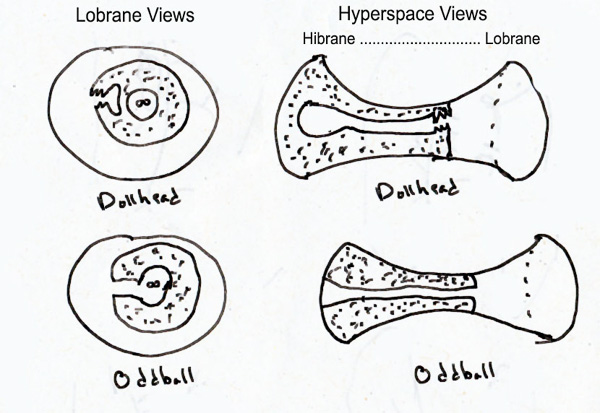
Now for more details. When my hero and heroine were handling the oddball in their apartment it didn’t feel like it had a mouth or an opening. It felt like a smooth glassy ball—and I’ve draw it that way in the figure above. We can think of the oddball or dollhead as wearing a rind. A clear outer surface over the actual leviathan flesh. Like a cornea. And when they want to get down to business, they split the cornea, and it drops off like a husk. Or with might better think of the transparent cover of the ball as like a nictitating membrane on the eye of a bird or a reptile. When it retracts, it’s covering, say, only the “back” half of the ball.
Alternately the cover gets soft and you can push through it.
The glassy oddball (with shiny rind still intact) will have a golden brownish sphere in the center, with shiny skin. And in this sphere there’s a puckered slit. After the oddball sheds or opens its rind, the mouth is uncovered. It opens up. Looking inside you’re seeing up along a tube that goes through an ER bridge. The tube may open up into Fairland, in which case you’ll “read” that as seeing a lot of tiny objects inside the mouth.
Fabulous! Eureka! Aha!
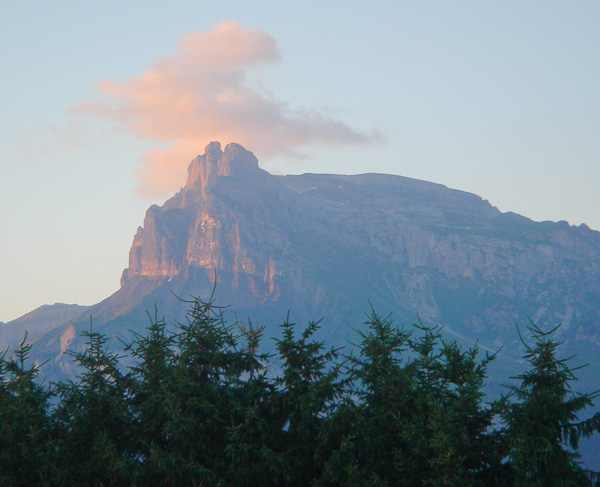
I’d been waiting for this series of insights and I wasn’t sure they were going to come, but now the Muse has favored me. Thanks in part to logic and math and weeks of butting my head against the wall and, ultimately, taking a nap on a grassy hillock one California spring day.
Okay, now to watch some Futurama on Netflix. 46 episodes done, and nearly as many to go.









